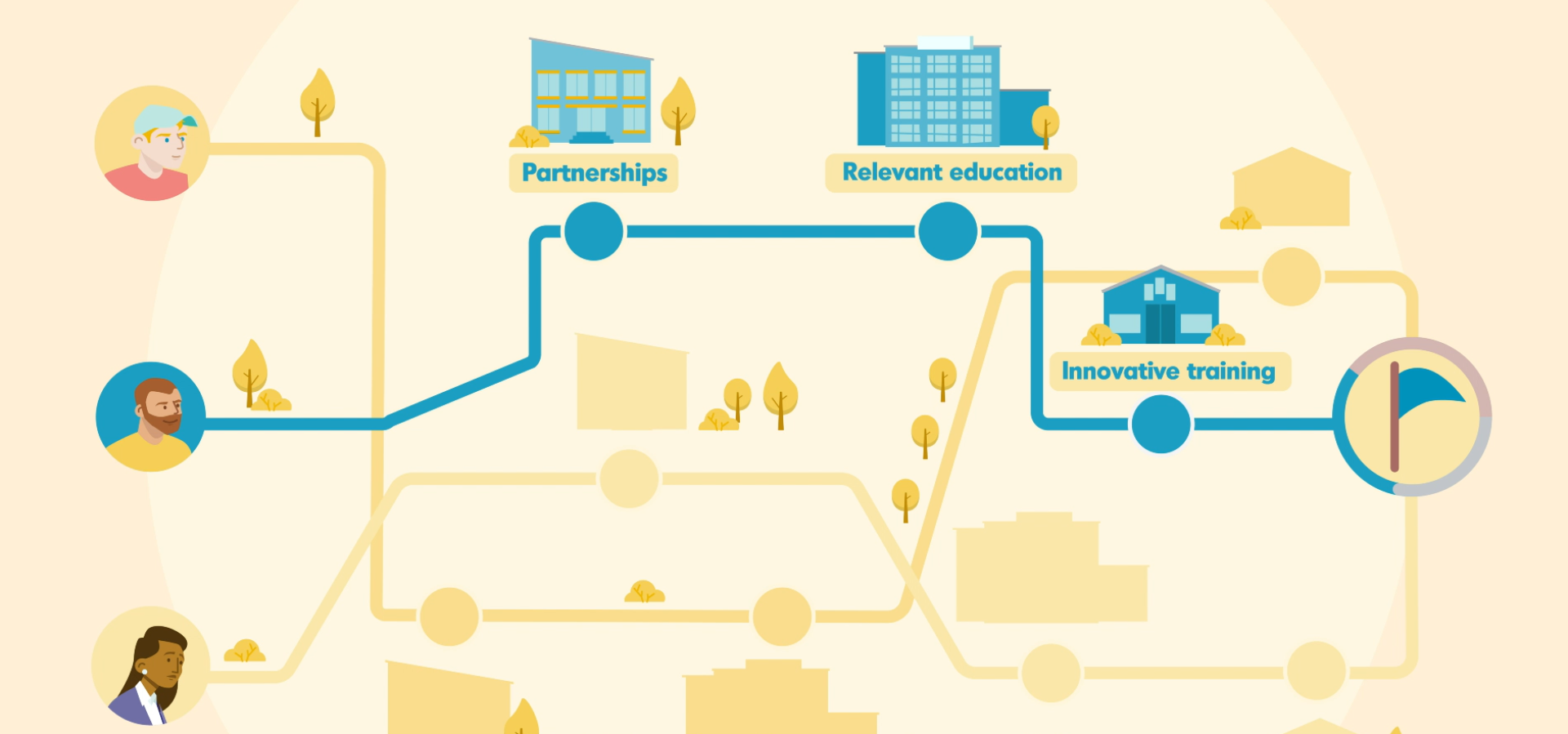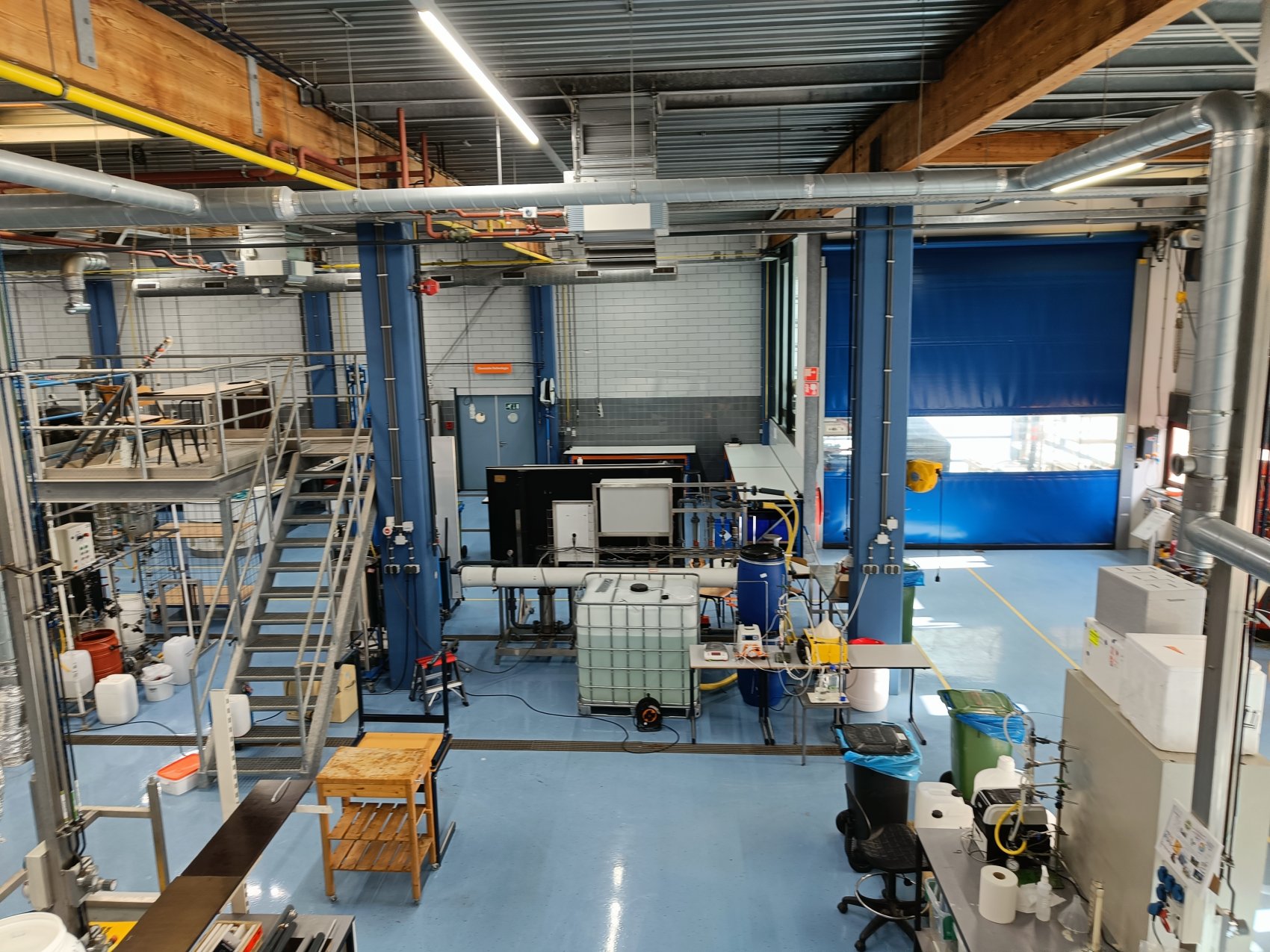
Knowledge Package 1
Collaboration with the private sector to design and deliver future-proof training programmes.
Knowledge Package 1 helps centres take their first steps towards vocational excellence based on their specific needs and objectives. It focuses on building sustainable partnerships and working closely with industry partners to develop and deliver forward-looking training programmes.
Does your centre face challenges on any of the following points?
- Attracting and retaining partners (e.g. companies, NGOs, research institutes) for long-term collaboration
- Engaging stakeholders to build sustainable partnerships both locally and internationally
- Ensuring training programmes stay relevant and aligned with labour market needs
- Using labour market data to improve training
- Organising work placements for teachers, staff and learners
- Creating agreements with business on their role in training provision
If the answer to any of the above is "yes", this package can help you meet these challenges!
Learning from others
The Knowledge Packages support interested, aspiring institutions to learn more about developing and enhancing vocational excellence. A Knowledge Package is a one-stop-shop that provides inspiration and helpful resources on an essential aspect of vocational excellence. Each Knowledge Package is aimed at different stages of development: from beginner to advanced.
The routes to vocational excellence
There are multiple pathways to achieving vocational excellence, and each centre will progress at its own pace. However, when it comes to partnerships, every centre will inevitably pass through key 'stations', including collaboration, the development of training programmes, and the delivery of training:
Station 1: Building sustainable partnerships with the world of work
Station 2: Developing future-proof curricula with the input of the private sector
Station 3: Delivering high-quality (work-based) training in collaboration with the private sector
Selecting one of these stations will take the user step by step through the different resources, tips and recommendations. Both Knowledge Package 1 and Knowledge Package 2 are divided into similar stations, but the selection of resources and recommendations for each package is different. Knowledge Package 1 compiles resources focused on the start-up phase of achieving vocational excellence. Knowledge Package 2 provides resources and recommendations at a higher level of complexity. This will help the centre grow from a 'beginner's level' to a more 'mature' level of vocational excellence.




